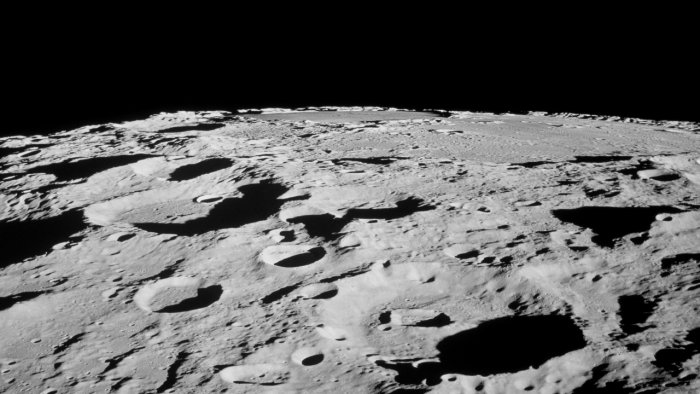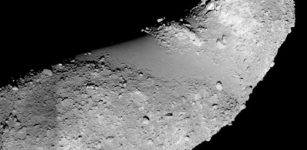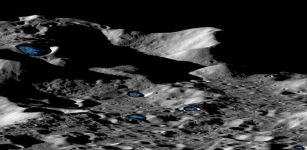Moon Emerged From A Giant Donut-Shaped Cloud Of Vaporized Rock – New Theory
MesssageToEagle.com – A new theory suggests that the Moon emerged from a massive, donut-shaped cloud of vaporized rock called a synestia.
“The commonly accepted theory as to how the Moon was formed is that a Mars sized body collided with the proto-Earth and spun material into orbit,” Simon Lock, a graduate student in Harvard’s Department of Earth and Planetary Sciences, and the lead author of a study said. It’s a compelling story, Lock said, and it’s also probably not correct.
The giant impact hypothesis says that the moon formed mostly from the leftovers of just one of the two bodies that collided. The isotopic “fingerprint” for both the Earth and Moon are nearly identical, suggesting both came from the same source. But just as similarities between the Earth and Moon raise questions about the accepted story for the Moon’s creation, so too do their differences.
Tests have shown that the Moon is far less abundant in many volatile elements – such as potassium, sodium and copper – that are relatively common on Earth.
“There hasn’t been a good explanation for this,” Lock said. “People have proposed various hypotheses for how the Moon could have wound up with fewer volatiles, but no one has been able to quantitatively match the Moon’s composition.”
The scenario outlined by Lock and colleagues still begins with a massive collision, but rather than creating a disc of rocky material, the impact creates a synestia.
“It’s huge,” Lock said. “It can be ten times the size of the Earth, and because there’s so much energy in the collision, maybe 10 percent of the rock of Earth is vaporized, and the rest is liquid…so the way you form the Moon out of a synestia is very different.”

“It begins with a “seed” – a small amount of liquid rock that gathers just off the center of the donut-like structure. As the structure cools, vaporized rock condenses and rains down toward the center of the synestia. Some of the rain runs into the Moon, causing it to grow. “The rate of rain fall is about ten times that of a hurricane on Earth,” Lock said.
“Over time, the whole structure shrinks, and the Moon emerges from the vapor. Eventually, the whole synestia condenses and what’s left is a ball of spinning liquid rock that eventually forms the Earth as we know it today.”
The whole process happens remarkably fast, with the Moon emerging from the synestia in just a few tens of years, and the Earth forming about 1,000 years later.
Lock and his team say the work is still in its preliminary stages, and more work must be done to refine the model further.
“This is a basic model,” Lock said. “We’ve done calculations of each of the processes that go into forming the Moon and shown that the model could work, but there are various aspects of our theory that will need more interrogation.
“For example, when the Moon is in this vapor, what does it do to that vapor?
How does it perturb it?
How does the vapor flow past the Moon? ”
Original story – here.











